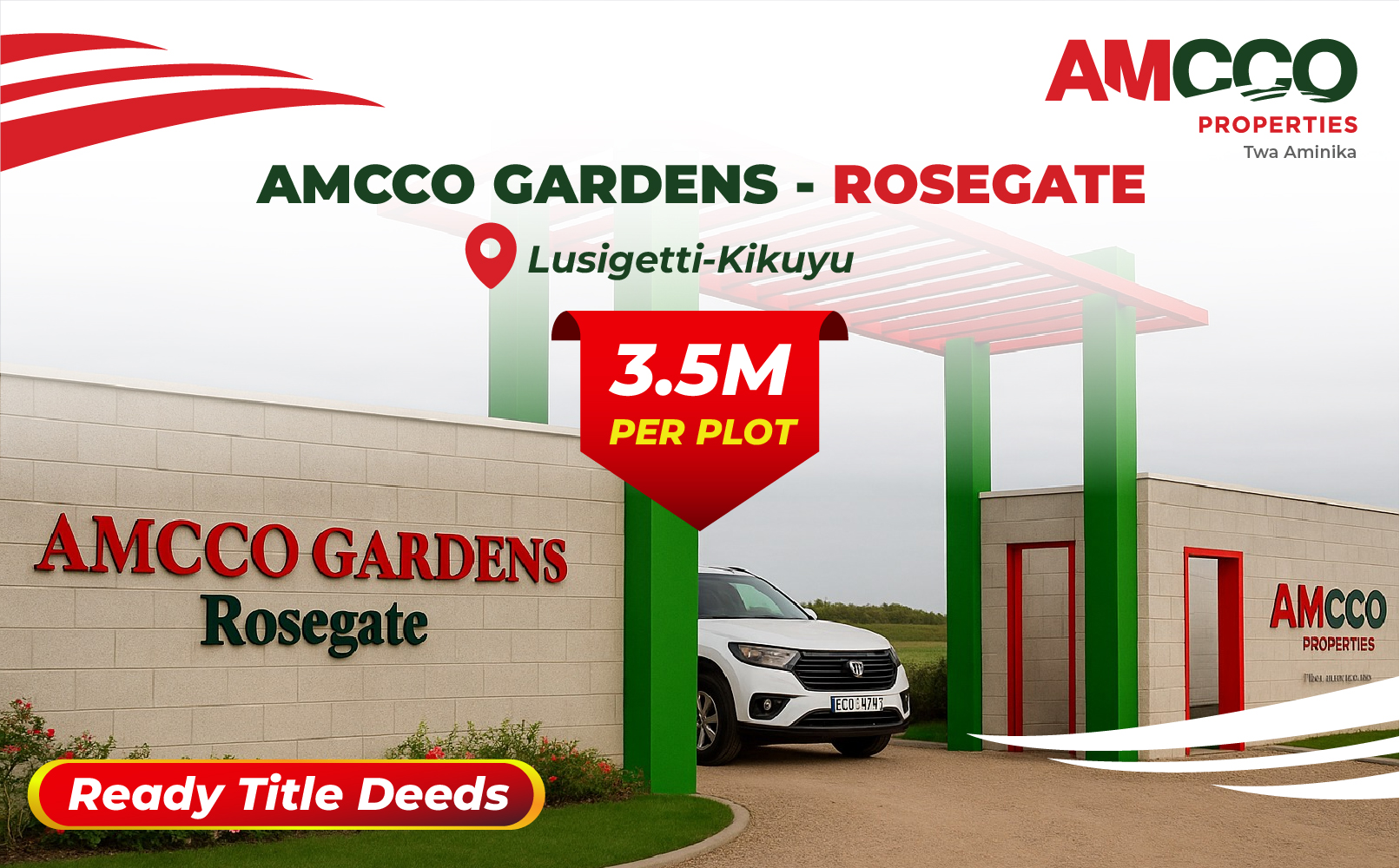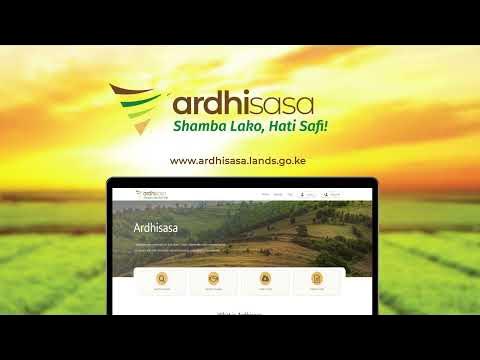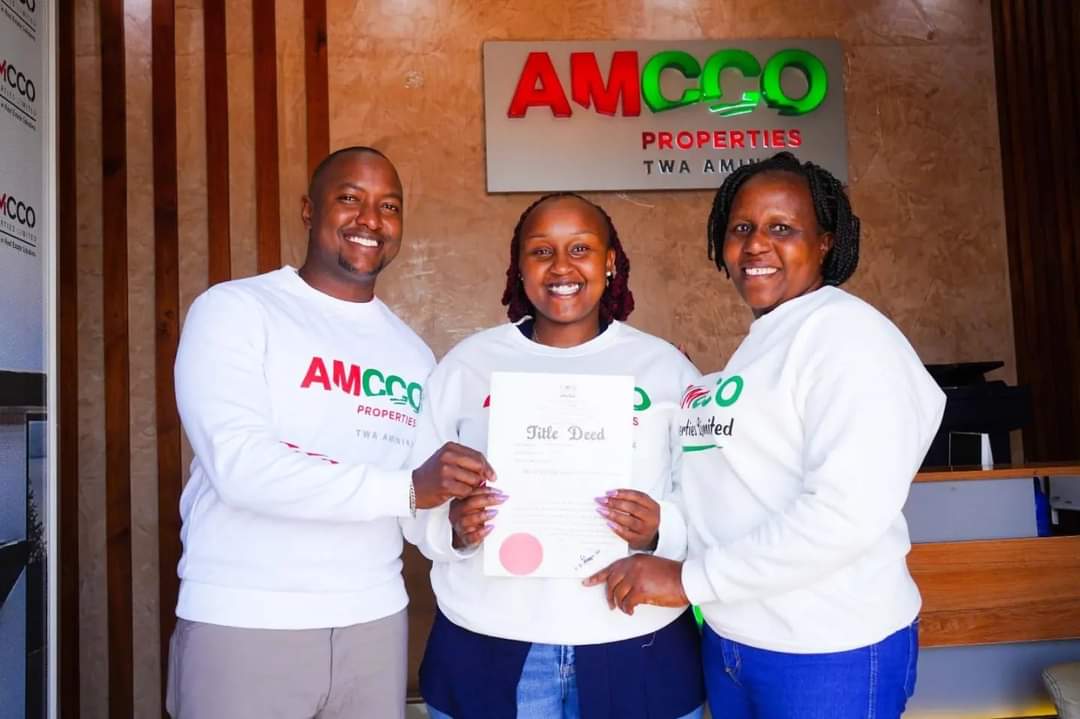Categories of land ownership in Kenya
Land is one of the most emotive assets in Kenya. This is tied to the fact that land is a precious commodity whose value rises over time and the fact that any value addition done to a piece of land simply makes it a valuable asset.
Apart from this, land has many uses. It can be used to set up income-generating facilities, it can be used to build a home, and for many people, land can be used as security to take up a loan from a financial institution.
According to the constitution of Kenya, all the land in Kenya belongs to Kenyans as communities, collectively as a nation, or as individuals. Land in Kenya is widely classified as private, public or community.
Beyond this, land can be widely classified in the following 4 main ways;
Community/ customary land
This is the traditional form of land ownership in which a community jointly owns a piece of land and a single person cannot lay claim to the land.
The land is meant to be used for the common good of the entire community in which members can build homes, build community centers, or even lease out the land to institutions or individuals and earn an income from this land. This form of land ownership is common in rural areas.
Freehold
This is the most common form of private land ownership. It gives an individual or a group of people absolute claim to a piece of land for a lifetime.
In freehold land ownership, the individual can hand down land to their descendants and the person is free to use the land as they please. Notably, there are some restrictions to the use of some freehold pieces but this is not common.
Leasehold
This is a situation where a person is given control over a piece of land to use for specific purposes as long as the person pays rent or land fees. It is common with non-Kenyans.
Leasehold is often given by local authorities for trust land, the government for public land or individuals. Government leases typically last for 99 years.
An individual who has leasehold land ownership can apply for an extension of the leasehold if they wish to continue using the land after the lease has expired.
Partial ownership
This is a form of land ownership where an individual or group of people can get rights to use another person’s land for specific purposes.
This is often in agreement with the owner of the land. For example, communication masts placed on an individual’s piece of land fall under this form of ownership where the company which owns the mast places them on an individual’s land and partially owns that piece of land for the time in use.
Before you commit to buying a piece of land, it is important to ensure that you understand what form of ownership exists so that you do not fall prey to ownership that can lead to conflict.




